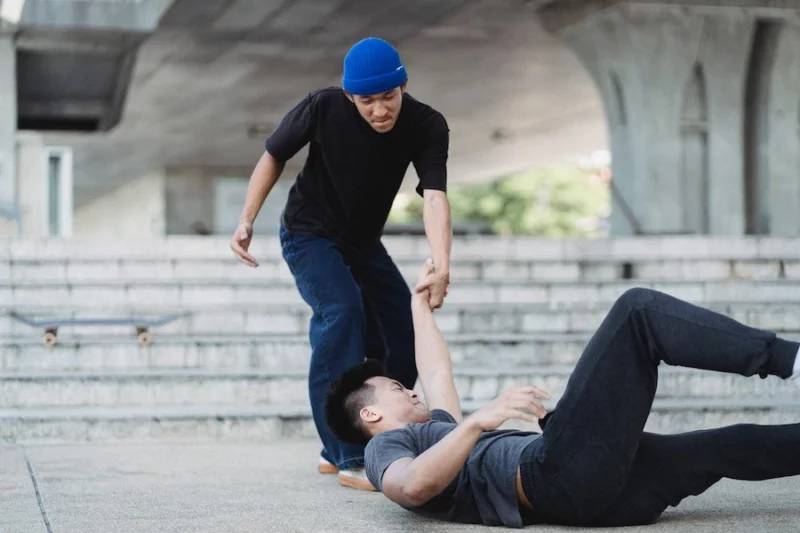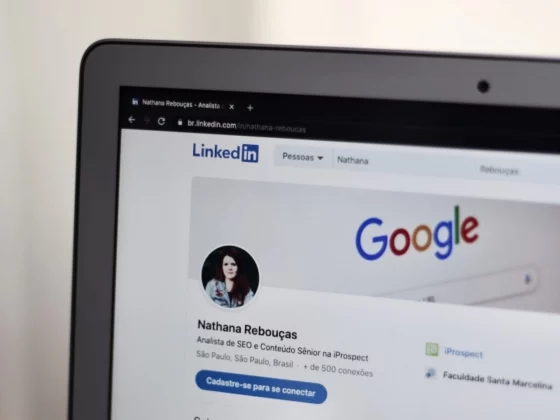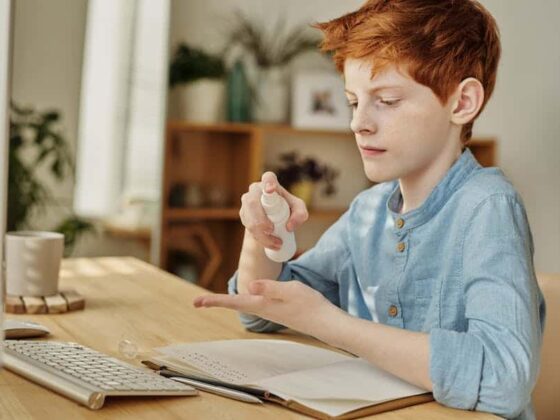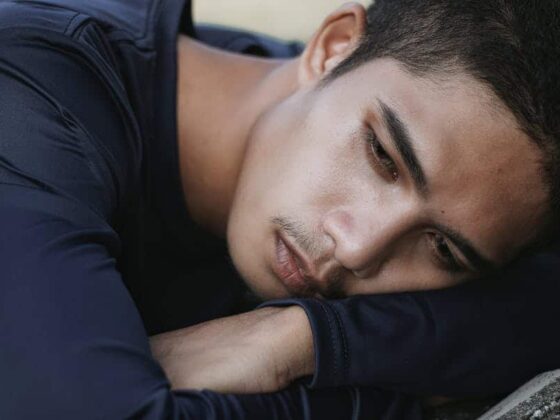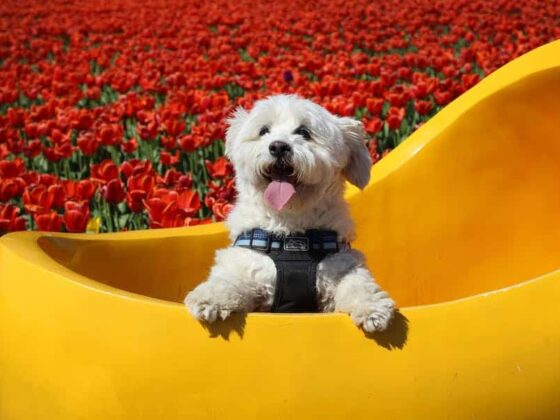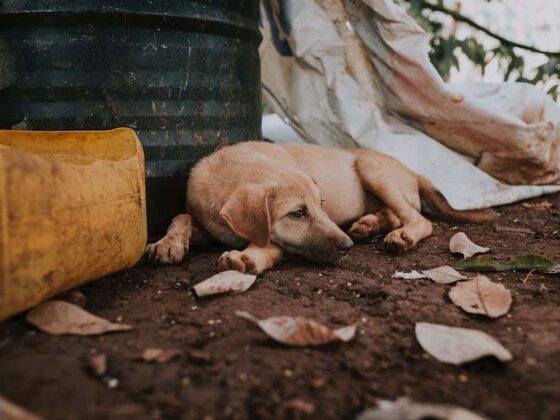Slip and fall accidents are a common occurrence that can lead to injuries ranging from minor bruises to more serious consequences such as fractures or even long-term disabilities. Public places, workspaces, and private properties present potential hazards that may result in such accidents. Understanding the causes, prevention strategies, and legal aspects of slip and fall accidents is essential to reduce their occurrence and impact on individuals and society.
Several factors contribute to slip and fall accidents, such as wet or slippery surfaces, poorly maintained walkways, and inadequate lighting. These incidents can often be attributed to negligence or a lack of proper safety measures. Preventing these accidents involves being aware of potential hazards, implementing adequate maintenance practices, and adhering to established safety guidelines.
Additionally, understanding one’s rights and responsibilities in a slip and fall accident is crucial for the injured party and property owners.
Throughout this article, we will examine the primary causes of slip and fall accidents, discuss strategies for prevention, and delve into the legal aspects surrounding these incidents. The information provided will offer valuable insights for individuals, employers, and property owners, ultimately promoting safer environments and reducing slip and fall accidents.
Common Causes Of Slip And Fall Accidents
Wet or Slippery Surfaces
Wet or slippery surfaces are one of the leading causes of slip and fall accidents. These conditions can be caused by various factors such as spilled liquids, rain, or ice. Proper maintenance and warning signs should be in place to minimize the risk of accidents.
According to injured.ca “when you are a customer of a business, the business must ensure that the grounds of the business are safe for the customers they invited in to shop or dine”.
Poor Lighting
Poor lighting can make it difficult for individuals to see hazards or obstacles in their path, increasing the chances of a slip-and-fall accident. Ensuring that walkways, hallways, and stairways have adequate lighting can help to prevent such incidents.
Cluttered Walkways
A cluttered walkway can create tripping hazards and obstruct safe passage. Businesses and property owners must keep walkways clear of debris, equipment, or any other obstructions that could lead to a slip-and-fall accident.
Uneven Surfaces
Uneven surfaces, such as cracked sidewalks, potholes, or irregular floor transitions, can contribute to slip and fall accidents. Proper maintenance and repairs are necessary to address these issues and reduce the risk of injury.
Loose or Worn Flooring
Loose or worn flooring can cause slips, trips, and falls if not addressed promptly. Regular inspection and maintenance are crucial to ensure flooring materials remain secure and in good condition.
Injuries Associated With Slip And Fall Accidents
Fractures and Sprains
Slip and fall accidents can result in various injuries, one of the most common being fractures and sprains. These injuries typically affect the wrists, arms, ankles, and legs. Common causes include:
- Attempting to catch oneself during a fall
- Landing forcefully on a hard surface
- Twisting the affected limb during the fall
Treatment for fractures and sprains may involve immobilization, physical therapy, and surgery, depending on the severity of the injury.
Head and Brain Injuries
Head and brain injuries are another potential consequence of slip and fall accidents. These injuries range from mild concussions to traumatic brain injuries (TBIs). Signs of a head injury may include:
- Headache
- Dizziness
- Confusion
- Loss of consciousness.
Seeking immediate medical attention is crucial in assessing and treating head and brain injuries.
Back and Spinal Injuries
Back and spinal injuries can also occur in slip and fall accidents, potentially resulting in long-term disability or chronic pain. These injuries can involve:
- Herniated discs
- Vertebral fractures
- Spinal cord injuries
Proper treatment, which may include surgery, pain management, and rehabilitation, is essential for recovery and preventing further complications.
Preventing Slip And Fall Accidents
Slip and fall accidents can be reduced dramatically by implementing proper measures that ensure the safety of people in various settings. This section will discuss three key sub-topics: Proper Maintenance, Effective Warning Signs, and Weather-Related Precautions.
Proper Maintenance
Regular maintenance is crucial in preventing slip and fall accidents. Keeping floors, walkways, and staircases clean and free of obstacles can help minimize risks. Some maintenance tips include:
- Cleaning spills and wet surfaces promptly
- Removing debris and clutter from walkways
- Ensuring proper lighting in common areas
- Inspecting and repairing any loose or damaged flooring
Effective Warning Signs
Proper signage and warnings are essential in alerting individuals to potential hazards. Clear and visible signs can help reduce the likelihood of accidents. Some examples of effective warning signs are:
| Sign Type | Usage |
| Wet Floor | Placed around recently mopped or spilled areas |
| Uneven Surface | Indicates changes in floor level or uneven ground |
| Staircase | Highlights the presence of stairs and potential tripping hazards |
Weather-Related Precautions
Weather conditions can significantly impact the risk of slip and fall accidents. It is important to take appropriate measures to address weather-related hazards. Consider the following precautions:
- Use mats at building entrances to reduce moisture and debris tracking
- Regularly remove snow and ice from walkways and parking lots
- Apply de-icing products to prevent ice buildup in vulnerable areas
- Ensure proper drainage to prevent puddles and wet surfaces
Legal Aspects
Understanding Negligence
In slip and fall cases, negligence refers to a party’s failure to exercise reasonable care in maintaining a safe environment. Property owners have a legal obligation to keep their premises safe for visitors. Negligence can manifest in several ways, such as failure to clean up spills, not providing adequate lighting, or ignoring hazardous conditions.
Proving Liability
To establish liability in a slip and fall case, the injured party must prove that the property owner was negligent and this negligence directly caused the accident. Elements that must be proved include:
- The property owner had a duty to provide a safe environment.
- That duty was breached due to negligence.
- The injury occurred as a result of negligence.
- Damage was suffered due to the injury.
Proving these elements often requires gathering evidence, such as photographs of the scene, witness statements, and expert testimony.
Compensation and Damages
In successful slip and fall claims, the injured party may receive compensation for damages. These can include:
| Type of Damage | Description |
| Medical Expenses | Costs associated with medical treatment, such as doctor visits, surgeries, and physical therapy. |
| Lost Wages | Income lost due to missed work due to the injury. |
| Pain and Suffering | Compensation for the physical and emotional pain endured. |
| Loss of Enjoyment | Compensation for the inability to participate in activities previously enjoyed. |
Determining the appropriate compensation involves evaluating the severity of the injury and any long-term effects on the individual’s life.
Seeking Help And Resources
When dealing with the aftermath of a slip and fall accident, it is essential to seek help and resources to ensure a favorable outcome.
Finding a Slip and Fall Attorney
One critical step is finding a slip and fall attorney specializing in personal injury cases. To do this, consider the following steps:
- Ask for referrals from friends and family
- Research online reviews and ratings
- Check the attorney’s experience and credentials
- Schedule an initial consultation to discuss your case.
Working with a knowledgeable attorney will help you navigate the legal process and increase your chances of receiving proper compensation.
Evidence Collection and Documentation
Another crucial aspect of a slip and fall case is collecting evidence and documenting your injuries. This can include
| Type of Evidence | Description | |
| Photographs | Take clear pictures of the accident scene, any hazards, and your injuries. | |
| Witness Statements
Medical Records |
Collect contact information and statements from any witnesses at the scene
Gather documents from medical providers to verify your diagnosis and treatment. The evidence gathered will be used to prove liability and establish damages for the case |
Slip and fall accidents can cause serious injury, resulting in costly medical bills and lost wages. To ensure a successful outcome, it is important to understand negligence laws, gather evidence, and consult with an experienced slip and fall attorney. These steps will help you make a strong compensation claim and receive the justice you deserve.
